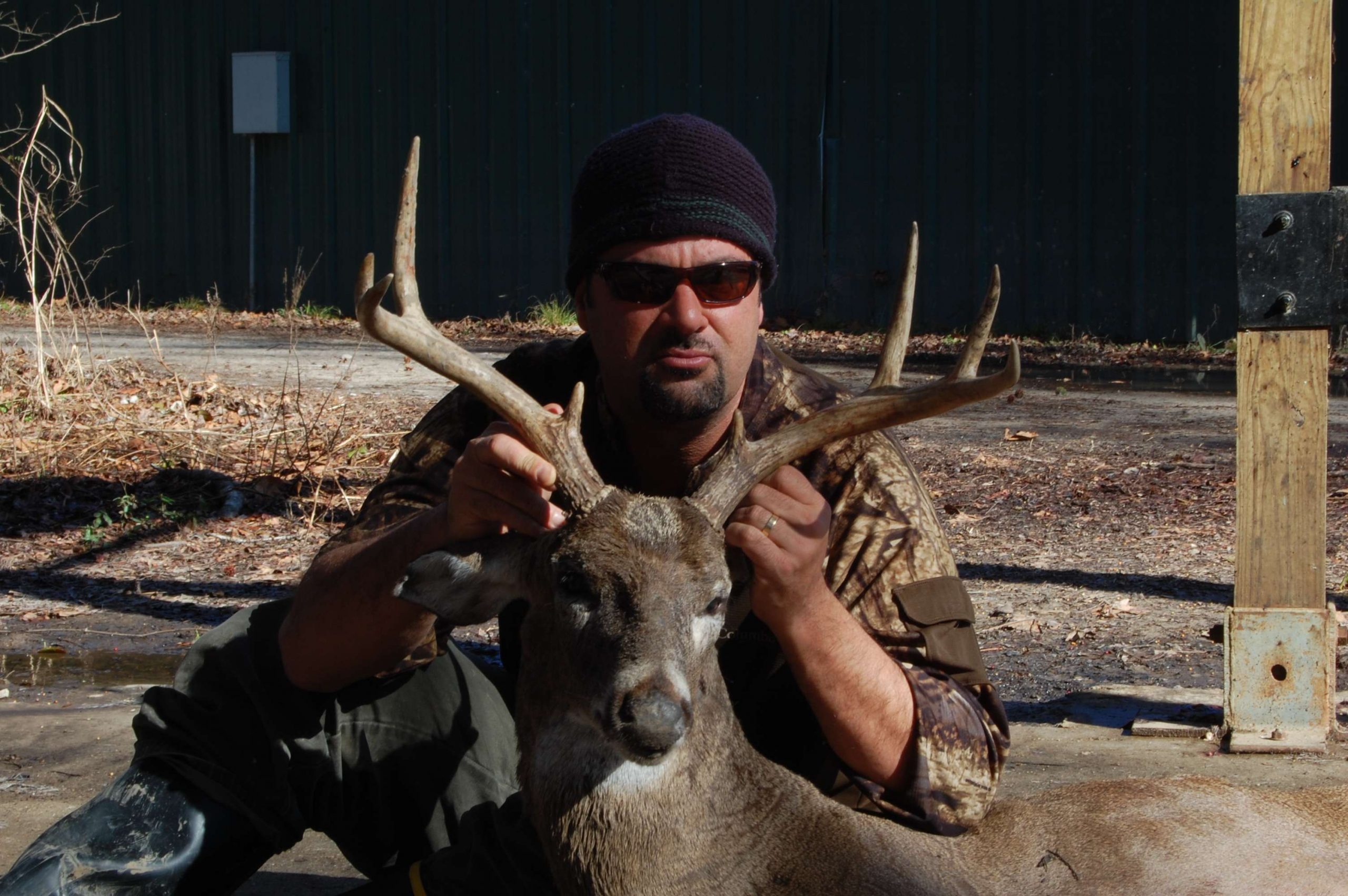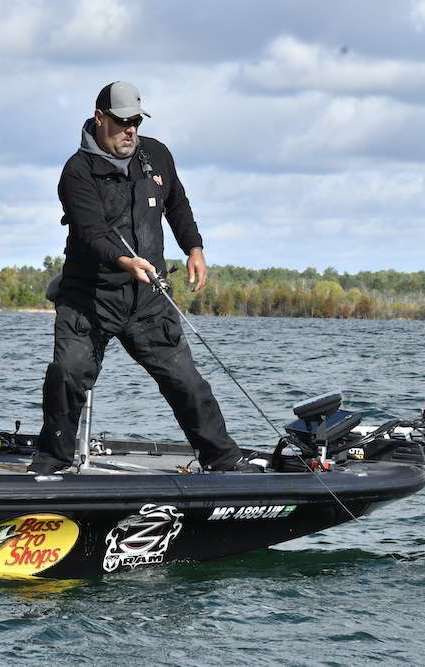
Up here in Michigan, I know when the big deer are moving because my hardcore deer hunting buddies will always say, “The big bucks are on their feet.”
When I hear them say that, I know I better head for the woods because the big deer are on the move, making them more susceptible to becoming grilled tenderloin than any other time of year.
Recently, when I heard the call out that the big bucks were on their feet, I started to wonder, when are big bass “on their feet?”
There are such strong correlations between deer hunting and fishing, I can assure you there is a time when the biggest fish in a lake are “on their feet” and depending on where you live, that time is soon approaching.
As a kid, I grew up reading about how the best chance to catch a really big bass is when the water temperatures are between 55 and 65 degrees, when the first wave of big females move up to spawn. After 20 years of fishing, I’d say I have to disagree with that.
Don’t get me wrong, being able to sight-fish big females when they first move onto beds gives an angler a great opportunity to catch big ones – Dean Rojas proved that back in 2001 with his 45-2 record.
But I believe the biggest bass are truly on their feet when the water temperatures have completely bottomed out for the wintertime and are on the verge of going the other way. In many regions of the country, there seems to be a three-week span near the end of winter when the only bass biting are the biggest ones.
I have personally experienced this several times from Michigan down through Texas. Mid January through mid February seems to be about the right time for much of the south and central parts of the country, when water temperatures bottom out at 39 or 40 degrees and come up to about 45 degrees. Up here in the Midwest it happens when the lakes begin to ice out about mid to latter March.
Florida and South Texas maybe a bit of an exception because of their moderate climates, but it’s all relative. When the lakes in your region of the country reach the lowest temperatures of the year and they gain back their first couple of degrees in warmth, the bass get on their feet and it’s stunning when this happens. Lakes that normally produce 10- to 12-pound limits suddenly produce 20- to 25- pound limits. You will not get many bites, but the bites you do get are big. It’s like all the smaller fish go hide or hibernate or something and only the big ones are on their feet.
I wish I better understood why this phenomenon occurs. I think one reason is biologically driven: Big bass are wired to start putting on weight during this time in preparation for the spawn. It’s almost like a prespawn to the prespawn if that even makes sense. So what would that be, like pre-prespawn? Yes, that’s what I’m calling this unique time when bass are on their feet, the pre-prespawn.
Another reason for it might be that there is very little active forage available to bass during this time due to the extreme cold, giving your lure its best chance of being eaten.
And finally the fishing pressure on most lakes at this time is pretty low, mostly because the conditions are brutal – I’m talking air temperatures in the 30s. Most people in their right minds won’t be out fishing. It’s easy to look at the weather and use it as a convenient excuse not to go, but I’m telling you, this is when the big ones bite.
The best lures are ones that can be pulled through the water column slowly. Personally, I like reeling swimbaits or suspending jerkbaits through the water so slow it’s like their dead. I’ll take a Rage Swimmer 3.75 or 4.75 (ayu) put it on a 5/16-ounce jighead and reel it through the water as slow as I possibly can. Same thing with a KVD Deep Jerkbait – I don’t even twitch it or jerk it – just cast it out and reel it slowly and those big ones will take the rod out of your hand.
If you have deer hunted for a long time and had a few of those brutal, cold magical days where big deer were literally trampling over you – I’m telling you the same exact phenomenon happens with big bass right at the end of winter – it’s when the bass are on their feet.

